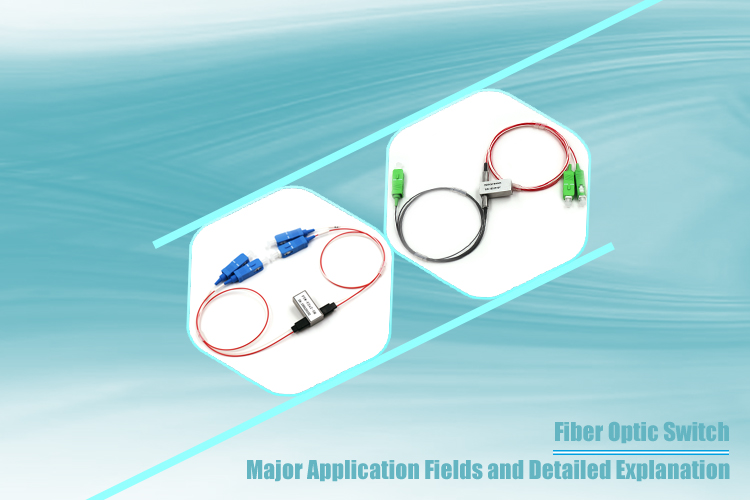Economic Analysis of the Optical Fiber Cable Market and Future Prospects
Executive Summary
The optical fiber cable market has been experiencing rapid growth due to the increasing demand for faster and more reliable communication networks. This economic analysis report delves into the various factors contributing to the market growth, the key players, and competitive landscape. Furthermore, the future prospects and direction of this market are discussed from the perspective of market economy. The development of optical fiber cables has immense potential to transform the global communications landscape and potentially catalyze economic growth in connected regions.

I. Introduction
Optical fiber cables have revolutionized the telecommunication industry in recent years, providing higher bandwidth and faster transmission speeds compared to traditional copper cabling. Increased adoption of optical fiber cables for various applications such as internet, television, and telephone services has driven market growth. Additionally, the deployment of 5G networks and growth in data centers also contribute to the increasing demand for optical fiber cables.
II. Market Structure and Key Players
The optical fiber cable market is classified as an oligopolistic market, characterized by a few dominant players that dictate market trends and dynamics. The market is led by key players such as Corning Incorporated, Prysmian Group, Nexans, Sumitomo Electric Industries, Furukawa Electric. These companies dominate the market and invest heavily in research and development to improve the performance and efficiency of optical fiber cables.
III. Demand and Supply Factors
A. Demand Factors:
1. Increasing demand for higher bandwidth and faster internet services: With the increasing use of data-intensive applications and services, the need for more reliable communication networks has risen.
2. Growth of data centers: The rapid increase in data centers due to cloud computing and big data analytics has propelled demand for optical fiber cables.
3. Deployment of 5G networks: The roll-out of 5G technology across the globe has driven the need for improved telecommunication infrastructure.
4. Growing importance of IoT: The rising adoption of Internet of Things (IoT) devices and applications has further increased demand for efficient communication networks.
B. Supply Factors:
1. Advancements in technology: Constant research and development in optical fiber cable production have resulted in improved performance, lower costs, and increased supply.
2. Government initiatives: Governments across the globe have been supporting the development of optical fiber networks as part of their digitalization strategies.
3. Geopolitical factors: Trade tensions between countries could potentially impact the supply chain of optical fiber cables.
IV. Market Segmentation
The optical fiber cable market can be segmented on the basis of mode (single-mode and multi-mode), cable design (loose tube and tight buffer), and end-user industries (telecom, IT and data centers, and others).
V. Future Prospects and Conclusion
From a market economy perspective, the optical fiber cable industry has immense potential for growth in the coming years. As the world increasingly relies on technology and digitalization for various aspects of personal and professional life, the demand for high-speed and reliable communication networks will constantly rise, thus continuing to fuel the market growth of optical fiber cables.
However, market players need to stay ahead of technological advancements and global trends by investing in research and development, strategic partnerships, and mergers and acquisitions. Additionally, government initiatives and international cooperation will be essential in ensuring network reliability and accessibility for the global population.

 What opportunities and challenges does free-space optical communication technology face?
What opportunities and challenges does free-space optical communication technology face?
 Opelink MPO Products for High-Speed Data Center Applications
Opelink MPO Products for High-Speed Data Center Applications
 CWDM vs. DWDM: Which Optical Transmission Technology Should You Choose?
CWDM vs. DWDM: Which Optical Transmission Technology Should You Choose?
 Major Application Fields and Detailed Explanation of Fiber Optic Switch
Major Application Fields and Detailed Explanation of Fiber Optic Switch